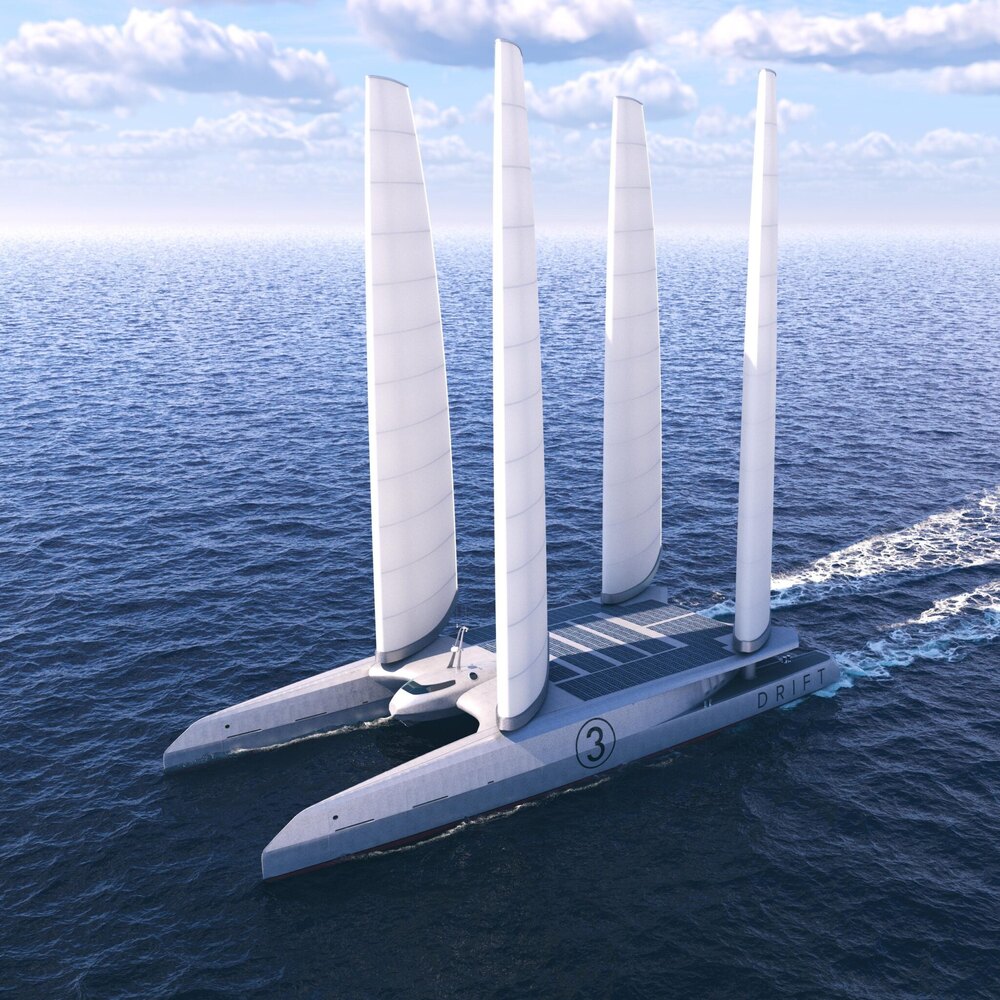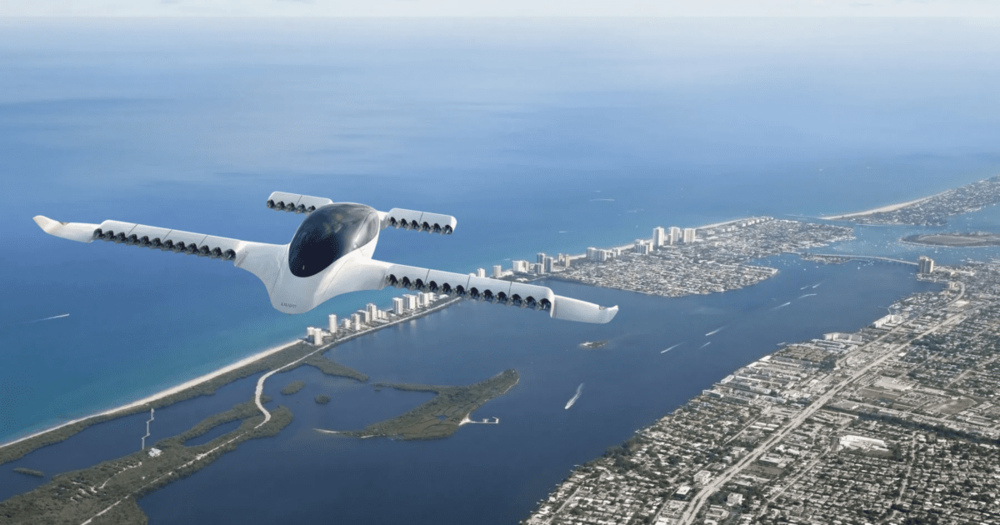Imagine a fleet of sleek, high-performance sailing vessels, cruising through the world’s tradewinds, their underwater turbines silently generating power from the ceaseless motion of the seas. This isn’t a vision from a sci-fi novel; it’s the innovative reality crafted by DRIFT Energy. TThe Monaco Yacht Show witnessed DRIFT Energy unfurl the sails on a new era of sustainable yachting with the unveiling of the MVY (Most Valuable Yacht) concept. More than a symbol of opulence, the MVY, a 58m megawatt-class energy vessel, stands as a beacon of innovative green technology, autonomously generating, storing, and delivering energy. With turbines capturing the kinetic energy of the sailing catamaran, it converts and stores this power as green hydrogen. A single MVY is poised to generate over 140 tonnes of green hydrogen annually, potentially offsetting over 1,500 tonnes of CO2e per year.
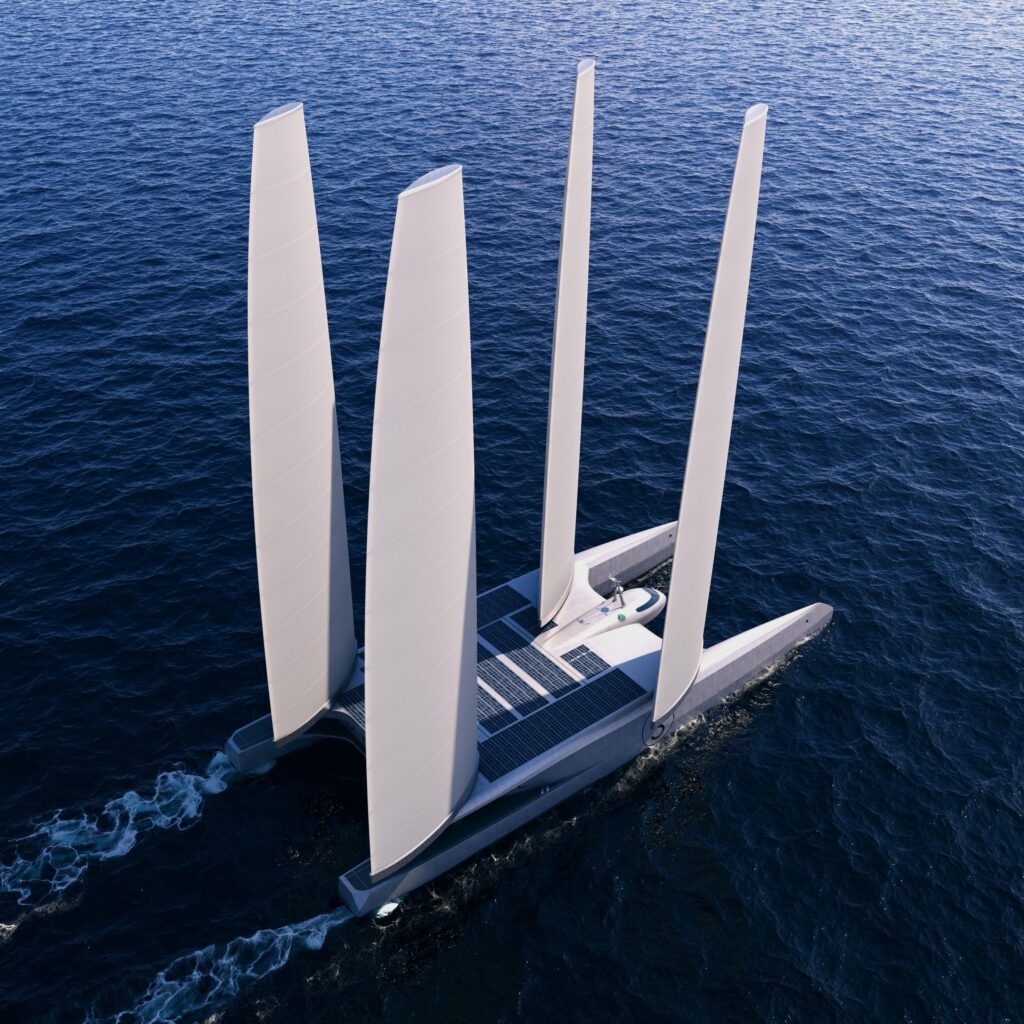
Ben Medland, the visionary Founder and CEO of DRIFT Energy, sees the world’s oceans as a vast, untapped reservoir of renewable energy. “The vast majority of the world’s renewable energy is over the Oceans, so what better way to harvest it than using sailing vessels?” His words not only reflect a pragmatic approach to harnessing the abundant energy over the oceans but also a timely response to the regression in climate action, as underscored by the UN Global Sustainable Development Report 2023.
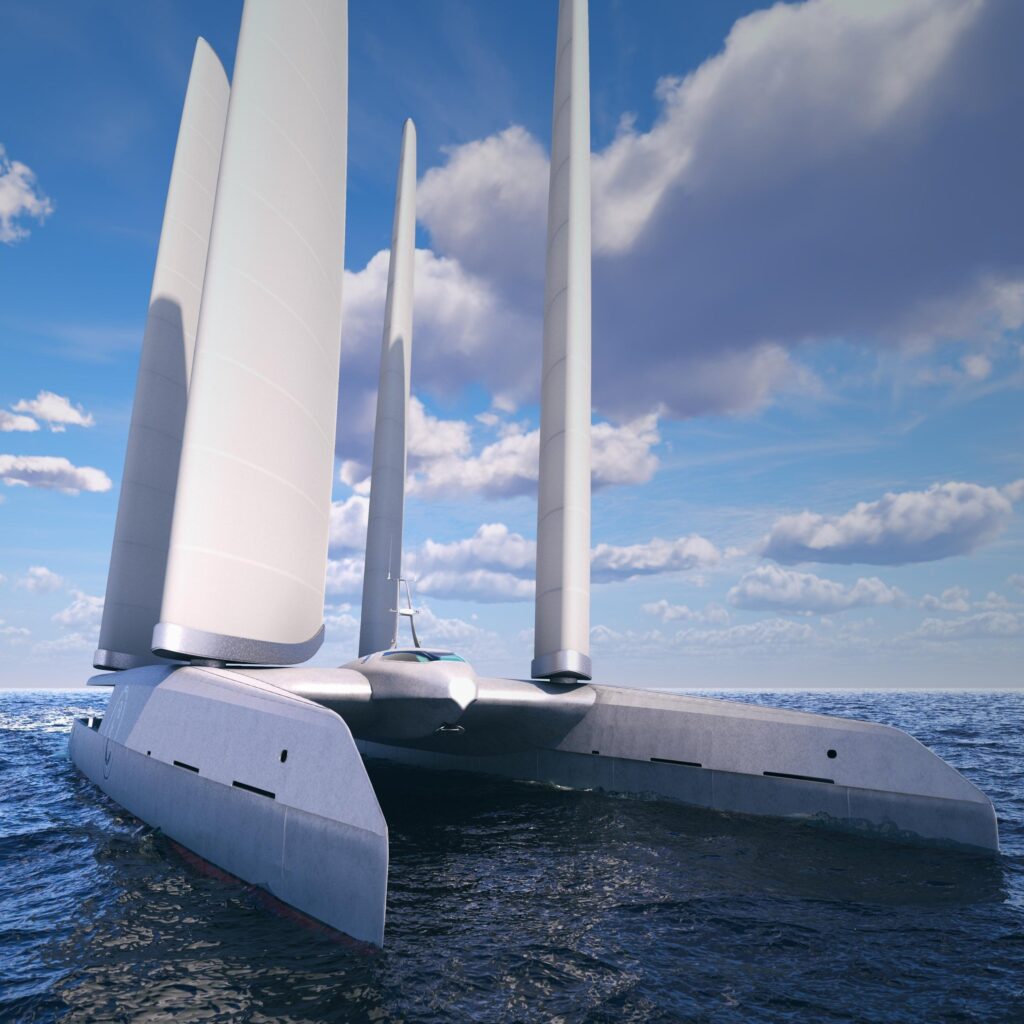
Last year, in a world-first, DRIFT successfully produced green hydrogen from its hydrofoil sailboat during sea trials off the coast of Brightlingsea, Essex. The trials, which produced approximately six liters of green hydrogen over a two-hour test run, demonstrated the practicality and potential of the technology, with future vessels anticipated to be capable of producing 250,000 liters per hour or more. Medland expressed his enthusiasm, noting, “We are thrilled to have produced the world’s first green hydrogen from a hydrofoil sailboat in the waters off Brightlingsea.”
Similar Posts
The technology behind DRIFT’s yachts is not just about harnessing wind and wave. A proprietary routing algorithm, dubbed the “Goldilocks Algorithm,” ensures the vessels stay in optimal wind and weather conditions, maximizing green hydrogen production. In collaboration with the artificial intelligence firm Faculty, DRIFT has found that a flotilla of energy yachts, operating from Penzance, could achieve a load factor of 72.5 per cent, outperforming onshore wind farms (26.5%) and offshore wind farms (39.9%).
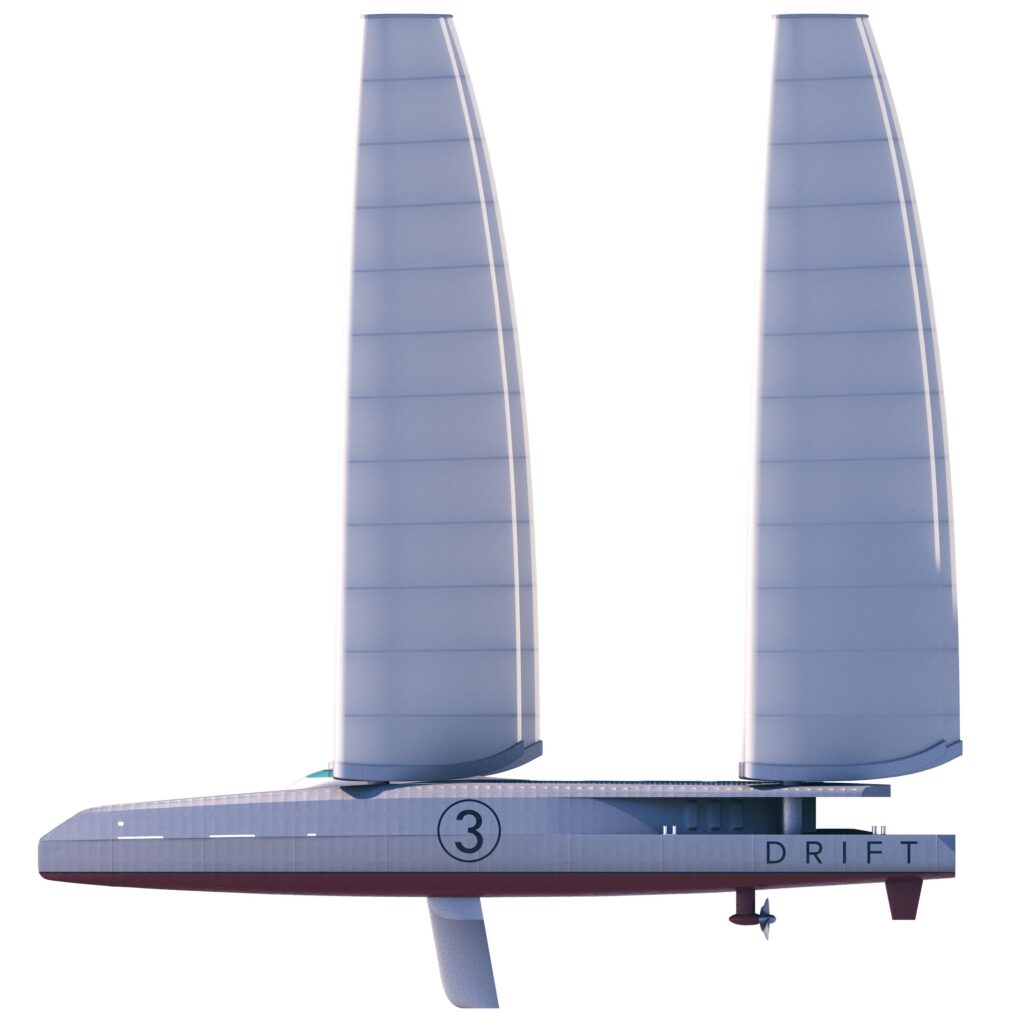
DRIFT’s ambitions sail beyond the horizon, with a goal to abate a gigatonne of CO2e by 2050. The potential impact of this innovative approach to renewable energy is not confined to the maritime industry. It offers a new pathway to grid-scale clean energy, supporting broader energy transition initiatives across various sectors and geographies. DRIFT’s technology, while providing a sustainable fuel alternative for the superyacht industry, also sidesteps the need for fixed infrastructure and grid-based projects. It mitigates traditional port bunkering constraints and shields owners from inflationary pressures on fuel and carbon pricing. Moreover, it charts a new course to grid-scale clean energy, with the potential to offset a gigatonne of CO2 by 2050, supporting not only the superyacht industry but also broader energy transition aspects, such as in small island nations.
MVY concept also invites critical contemplation regarding the scalability and practical implementation of such technology across the global maritime sector. The collaboration between DRIFT and Shadowcat, seems promising, but will need to navigate through the intricate complexities of integrating green technology with existing maritime infrastructures and operational practices. Further ahead, the adoption of such technology across the industry will require a harmonized approach, involving regulatory frameworks, industry stakeholders, and technological advancements while considering turbulent waters of climate change towards a sustainable future.
